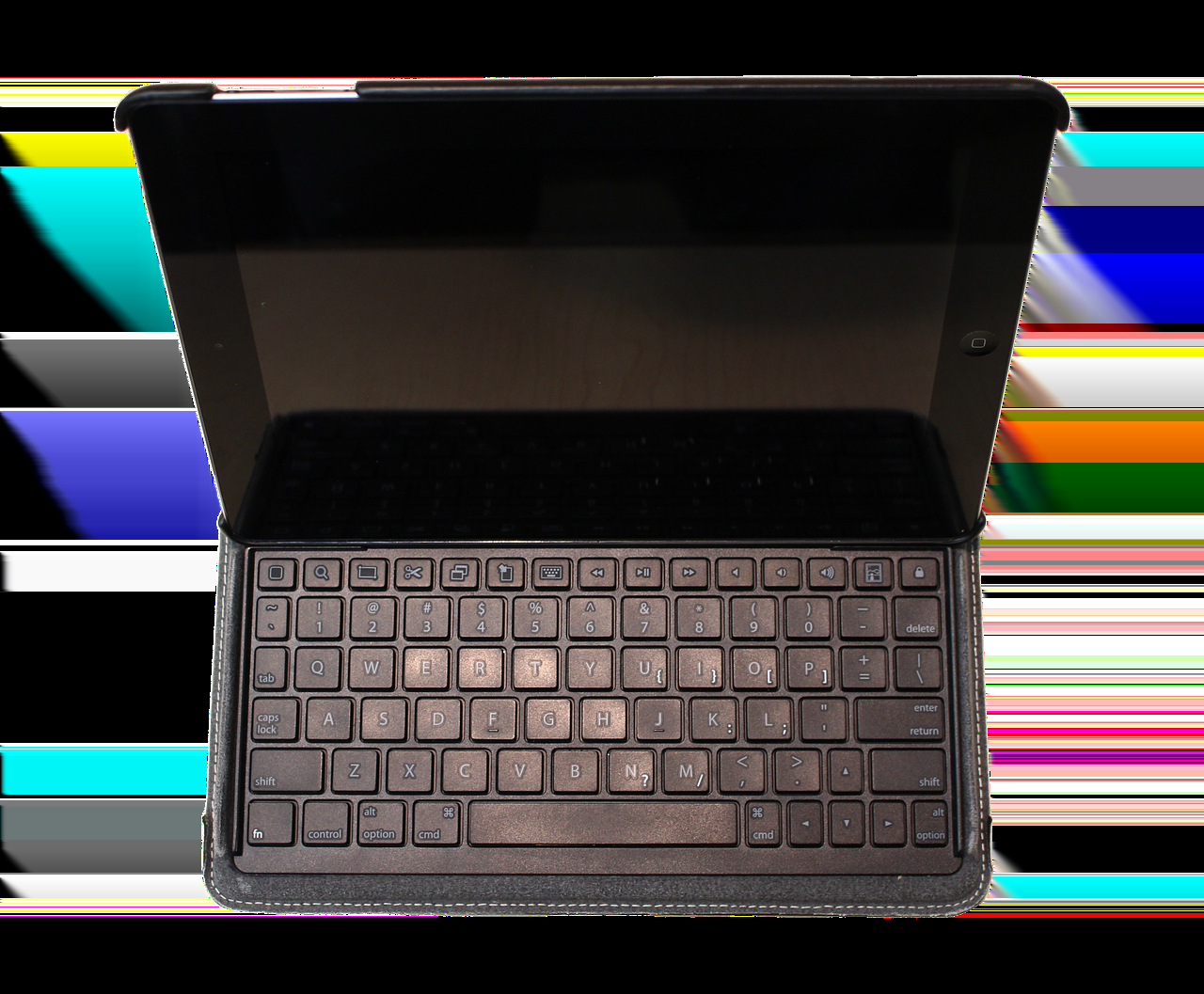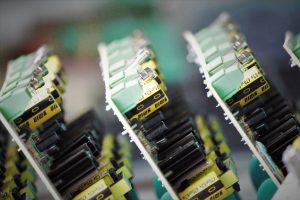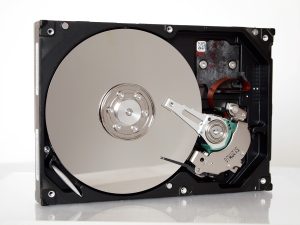Atomic Switches: Single-Atom Computing
In today’s fast-paced world, the demand for faster and more efficient computing is ever increasing. From personal computers to smartphones, we rely on various electronic devices to make our lives easier. However, the technology that powers these devices has its own limitations. Traditional computing systems, based on silicon transistors, are reaching their physical limits and are no longer capable of keeping up with the growing demand for speed and efficiency. This has led scientists and researchers to explore alternative computing technologies, one of which is the use of atomic switches for single-atom computing.
Understanding Atomic Switches
Before we delve into the concept of single-atom computing, let’s first understand what atomic switches are. As the name suggests, these are switches that operate at the atomic level, using just a single atom to perform switching operations. The single atom is typically located at the point where two conducting electrodes meet. By applying a small voltage, the position of the atom can be controlled, essentially allowing it to switch between ON and OFF states. This makes atomic switches ideal for use in memory and logic devices, as they can store information in the form of electrical states.
The Potential of Single-Atom Computing
The idea of using single atoms for computing may seem like something straight out of a sci-fi movie, but it is actually a very promising concept. The use of atomic switches for single-atom computing has the potential to revolutionize the way we think about computing. Here are some key advantages of this technology:
- Speed: As mentioned earlier, traditional silicon-based transistors have reached their physical limits in terms of speed. On the other hand, atomic switches can switch states at an incredibly fast rate, allowing for faster and more efficient computing.
- Energy Efficiency: Silicon-based transistors require a large amount of energy to operate, which results in a lot of heat generation. Atomic switches, on the other hand, operate at the atomic level and thus require much less energy. This makes them more energy-efficient and also results in less heat generation.
- Smaller Size: Due to the small size of atoms, devices using atomic switches can be made much smaller than traditional computing systems. This makes them ideal for use in portable electronic devices, where space is a major constraint.
With these advantages, it’s no surprise that scientists and researchers are heavily investing in the development of atomic switches for single-atom computing. But how close are we to seeing this technology in our everyday devices? Let’s find out.
The Current State of Single-Atom Computing
Although the concept of single-atom computing has been around for decades, it is still in its early stages of development. Researchers have made significant progress in understanding and manipulating atoms, but there are still many challenges that need to be overcome. One major challenge is the stability of atomic switches. As they operate at such a small scale, any external influence, such as temperature or noise, can affect their operation. This makes it difficult to achieve reliable and consistent results.
However, there have been some promising developments in recent years. In 2017, a team of researchers from Purdue University and Korea University successfully demonstrated the use of atomic switches to perform basic logic operations, such as NOT, AND, and OR. This was a major breakthrough and showed that single-atom computing is indeed a viable concept.
Additionally, companies like IBM and Hewlett Packard are also investing in research and development of atomic switches for use in memory and logic devices. With the constant advancements in materials science and nanotechnology, it’s only a matter of time before we see this technology being implemented in our devices.
The Future of Computing
As we continue to push the boundaries of what is possible with technology, the development of atomic switches for single-atom computing is a step in the right direction. With its potential to make computing faster, more efficient, and smaller, this technology has the potential to shape the future of computing. And who knows, maybe one day we’ll all be using devices powered by single-atom computing!
In conclusion, the use of atomic switches for single-atom computing is a fascinating and innovative concept that has a promising future. With ongoing research and development, we can only imagine the endless possibilities and advancements that this technology can bring. It’s an exciting time to be a part of the ever-evolving world of technology.









